Travel Tips and Stories of India
Find inspiration with pictures, tips and stories of India from travelers sharing their experiences
Book your trip to India and remunerate who inspired you
Travel guide of India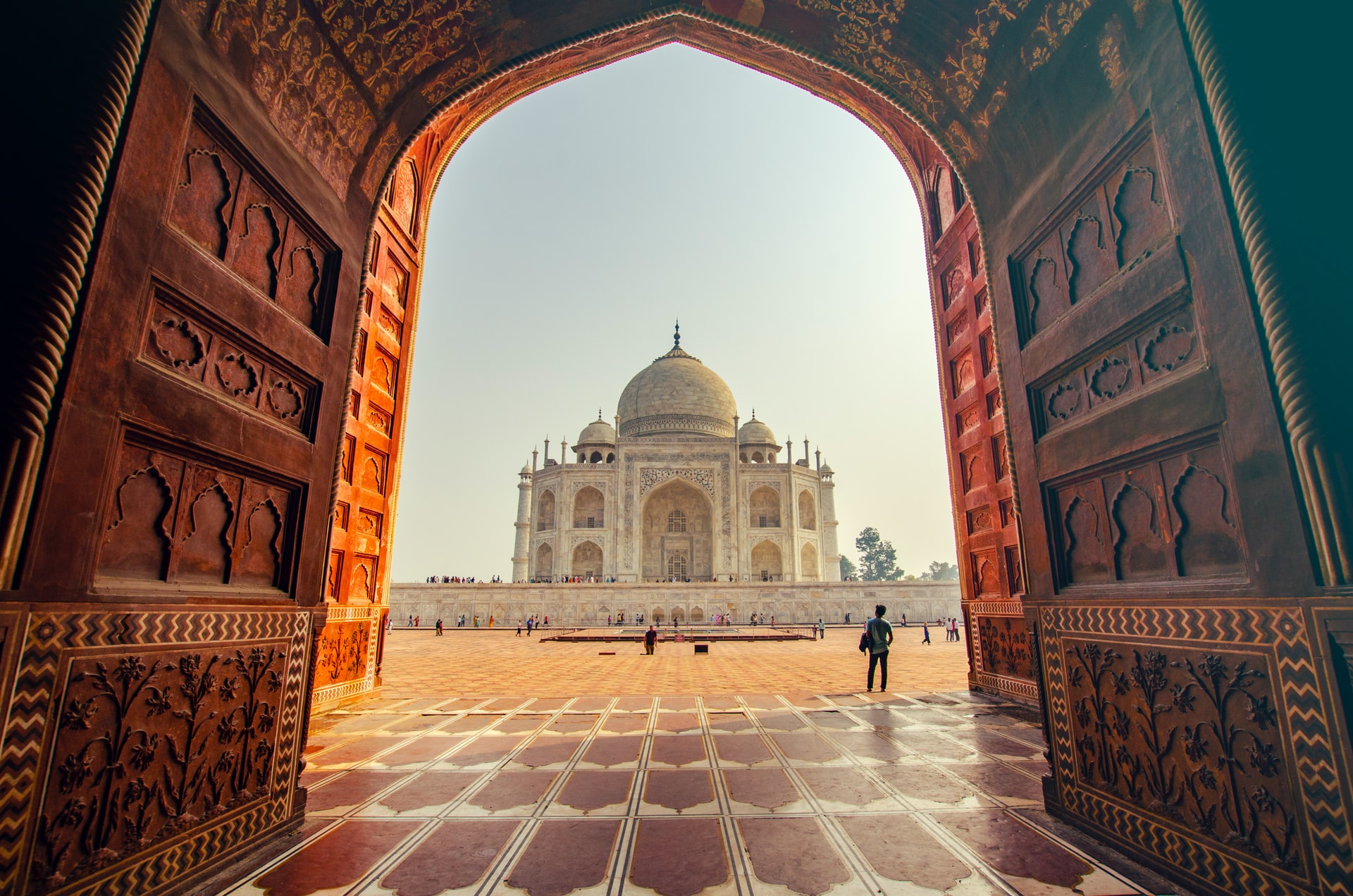
Find inspiration with pictures, tips and stories of India from travelers sharing their experiences
Book your trip to India and remunerate who inspired you
Travel guide of India

The place resides in north-eastern part of India, spread across Nagaland and Manipur. It takes 5 hours of trekking to reach this place, and by the time you do its already late in the evening, so no sight-seeing.You rest for the night in a guesthouse at the top of the hill. As the chill of the morning wakes you up and you go out see the first light and feel its warmth, you surprising get this spectacular breathtaking view. Every time I look at the picture, it reminds me of that morning, that calm atmosphere, the fresh air, the rich colors of nature, a true paradise far away from reality.


Alleppey or Alappuzha which is also known as the Venice of the east because of its beautiful water bodies and great culture. The place which is renown for the backwaters and beautiful villages that pack the most scenic and memorable trips also have the following specialty with its most commented houseboat cruises. Living in a houseboat in Alleppey is a captivating experience. Floating on serene backwaters, passing through bent mangroves and beautiful scenery, with wafting aroma of coconuts beautiful scenery is nothing short of a dream escape.
 Experienced by Adityan Ramkumar
Experienced by Adityan Ramkumar
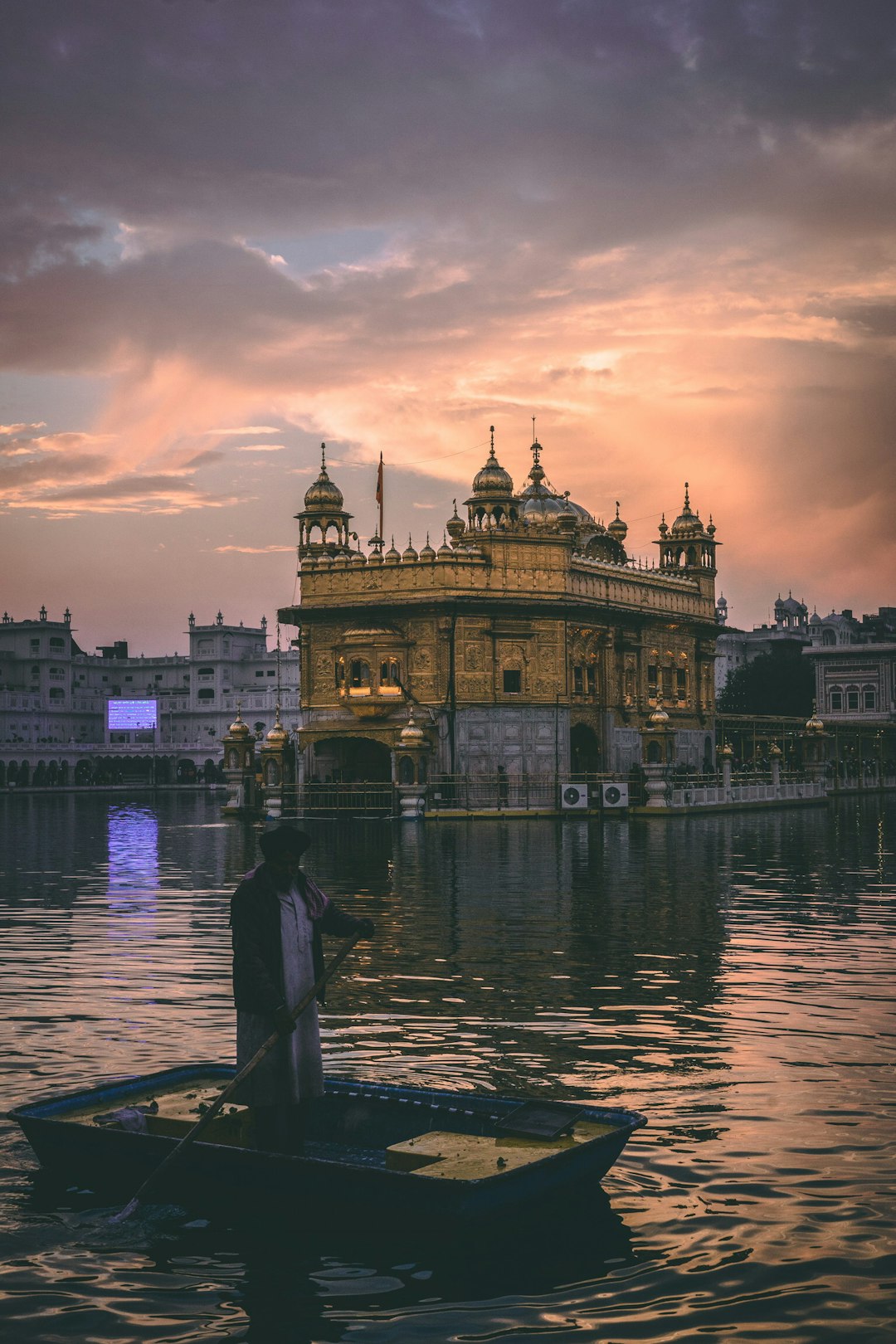
The past couple of days, I spent my time in Amritsar, Punjab which happens to a historically super significant place in India’s independence struggle against the Brits, a Mecca of the Sikhs and foodies paradise since majority of the North Indian dishes originate from here. Here is one photo of The Golden Temple, the most important religious site for the Sikhs. Apart from being a religious site, it also serves free, volunteer driven meals throughout the day and is the largest free kitchen in the world with over 100,000 delicious 3 course meals on a daily basis.


The Nilgiri Tahr is an endangered species listed in Schedule I of the Indian Wildlife (Protection) Act 1972 and assessed as endangered by the IUCN using the 1994 Red List Category. Having been exterminated from the northernmost landscape, the high altitude grasslands of southwestern Karnataka during the past 50 years, the Tahr is at present found only within 6 high altitude landscapes. And within these 6 landscapes, 18 localities have sustained small to large populations that vary in size between 20 and 550 animals.

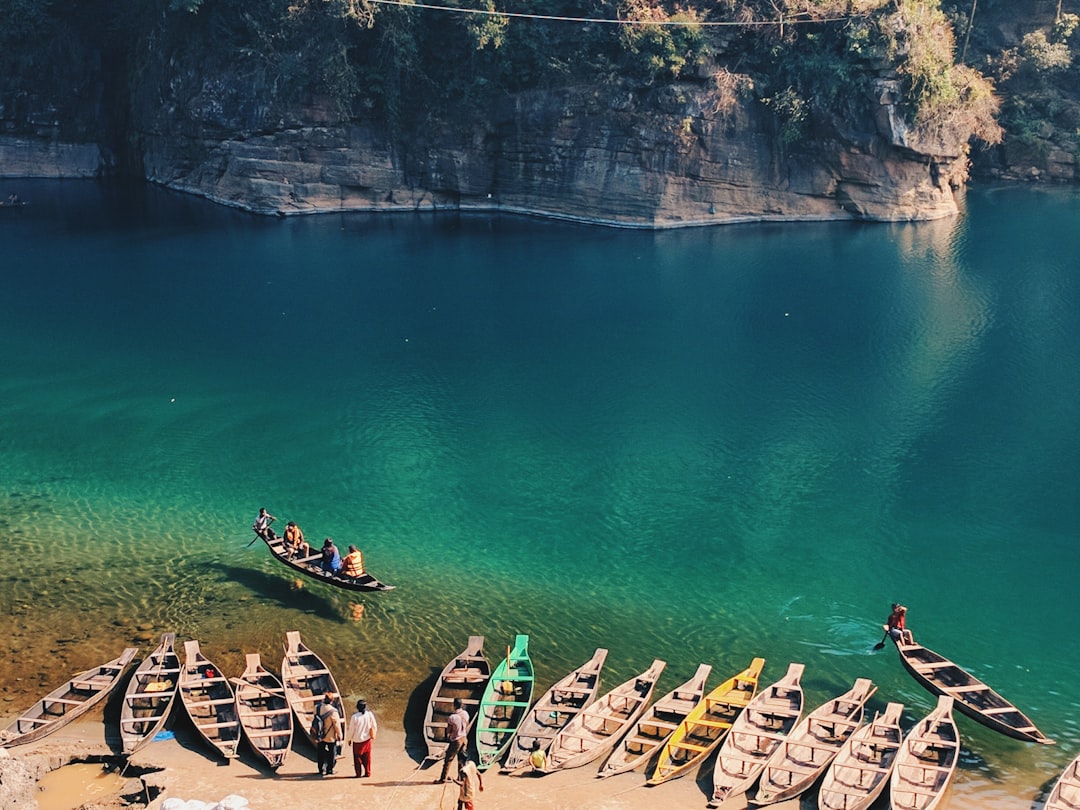
The winter sun beats down on my face and I welcome it. It’s January – the coldest month in Meghalaya. I smile blissfully because am floating, as if on air. In reality, am floating in a boat on river Umngnot – they call this heaven Dawki. I look into the teal waters and spot transparent fishes – some sleeping, some dancing, some going about their business like clockwork. The rays of the sun create magic in this underwater world. “Should I dive in?”, I ponder. But the water is ice cold. More: https://outsidemiracles.com/dawki-of-teal-waters-and-dancing-fish/

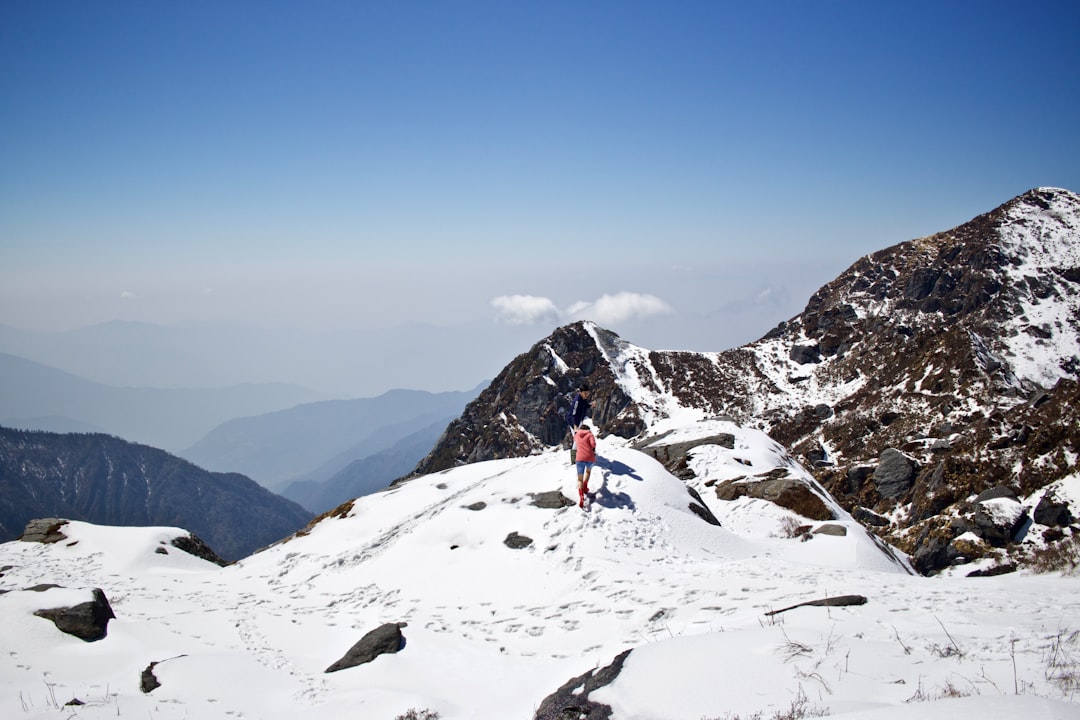
Lake Tsongmo (also called Tsangpo or Changu) is a glacial lake a few hours from Gangtok, the capital of the Indian state of Sikkim. The lake gets its share of tourists who come there for the yak rides, but not too many of these bother to take the short cable car ride up the mountain. Those that do are greeted by this vista of the mountains around, including the Kanchenjunga. They were setting up to shoot for a Bengali movie on the morning that I was there, and I got this shot of one of the actresses sauntering about as she waited.
![]() Experienced by Leslie Joseph
Experienced by Leslie Joseph
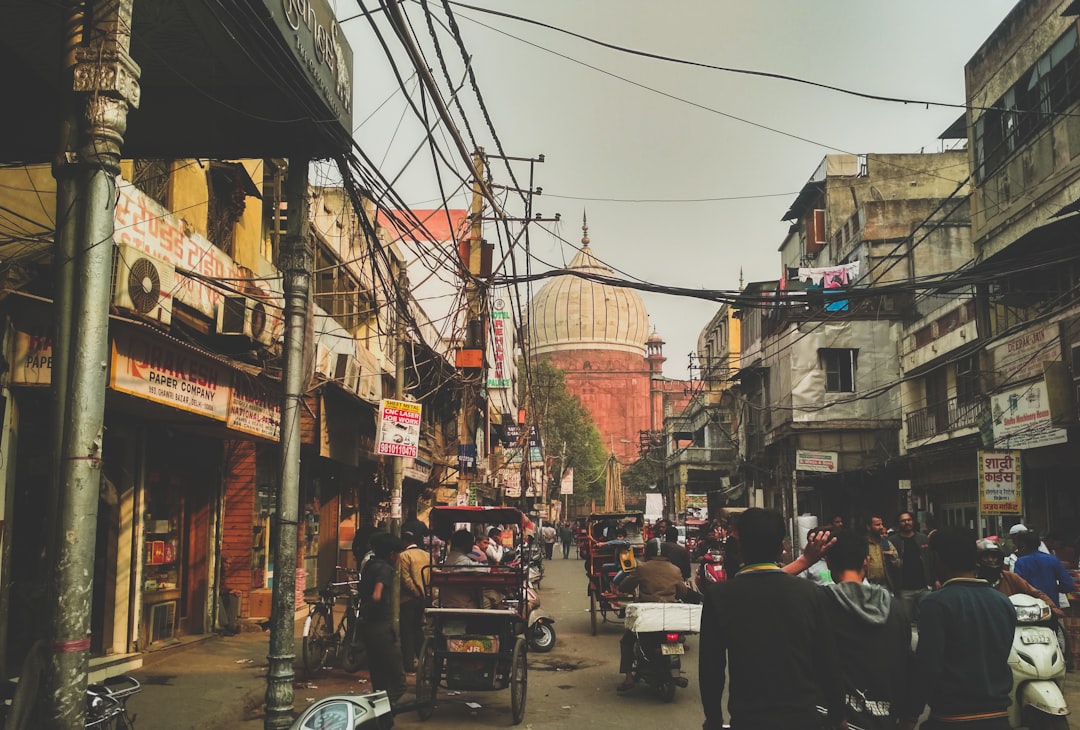
The Masjid-i Jahān-Numā, commonly known as the Jama Masjid of Delhi, is one of the largest mosques in India. It was built by Mughal Emperor Shah Jahan between 1644 and 1656 at a cost of 1 million rupees, and was inaugurated by an Imam from Bukhara, present-day Uzbekistan. The mosque was completed in 1656 AD with three great gates, four towers and two 40 metres high minarets constructed with strips of red sandstone and white marble. The courtyard can accommodate more than 25,000 people. There are three domes on the terrace which are surrounded by the two minarets. On the floor, a total of 899 black borders are marked for worshippers. The architectural plan of Badshahi Masjid, built by Shah Jahan's son Aurangzeb at Lahore, Pakistan, is similar to the Jama Masjid.

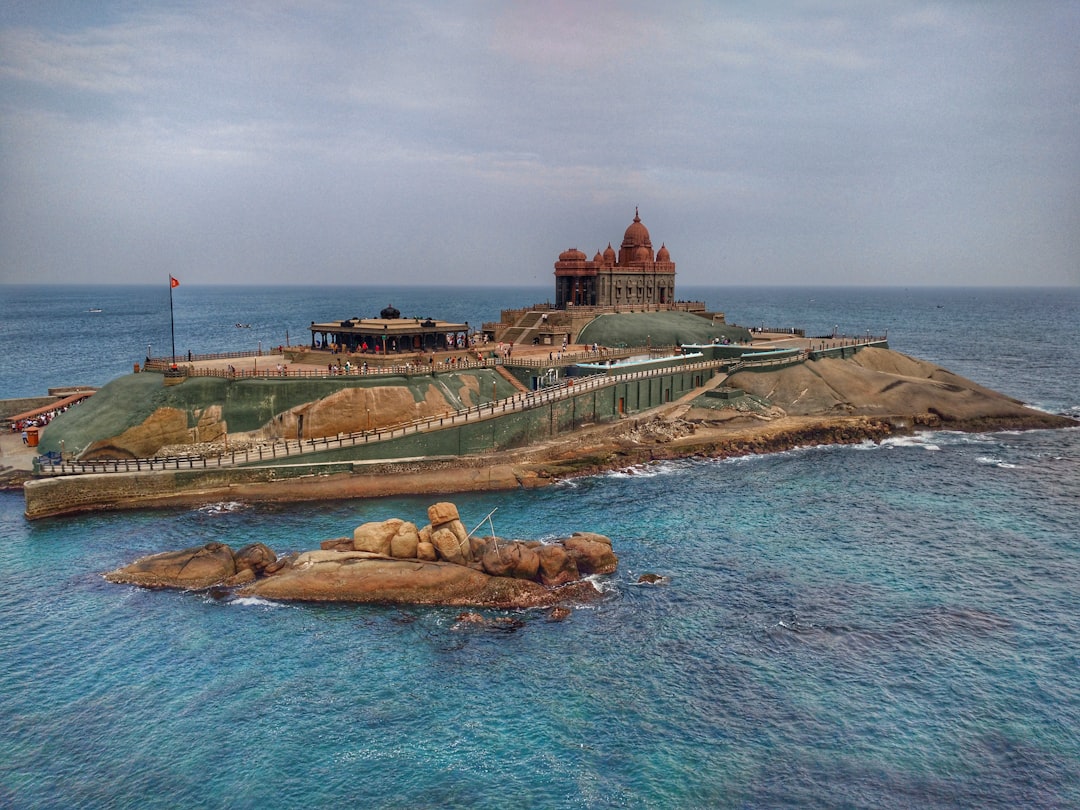
The magnificent Vivekananda Rock Memorial is located on a small island off Kanyakumari. It has the picturesque Indian Ocean in its backdrop and hence serves as a peaceful and serene destination for visitors from all across the globe. It is situated on one of the two adjacent rocks projecting out of the Lakshadweep Sea and comprises of the ‘Shripada Mandapam’ and the ‘Vivekananda Mandapam’. The ferry ride up to these rock islands is a thrilling journey and hence attracts a lot of nature lovers and adventure enthusiasts.
 Experienced by Adityan Ramkumar
Experienced by Adityan Ramkumar
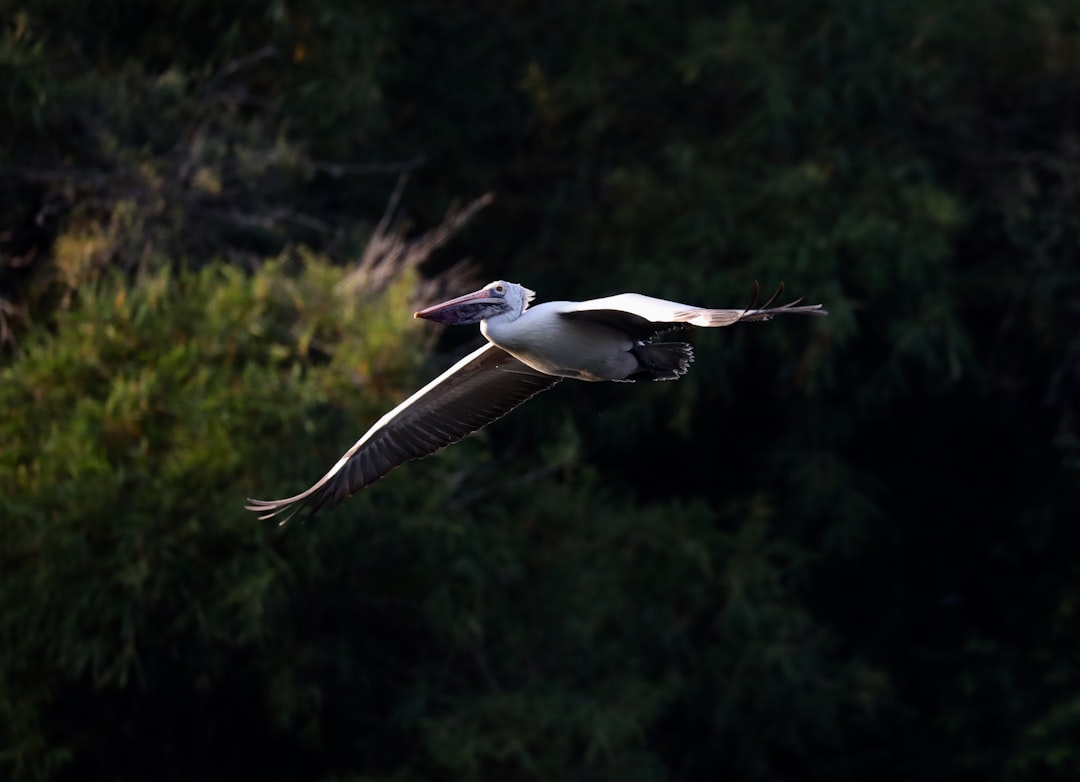
Birds migrate across continents to find suitable conditions for survival and procreation.They are very sensitive to climate changes.Large scale, human-induced, climate change has already caused many species to be endangered.This reminds us of our duty to protect our ecology. We must learn to live and let live. Ranganathittu in Karnataka,India is a popular bird sanctuary and is a popular nesting site for the birds. During winter months, starting from mid-December, as many as 40,000 birds congregate in this bird sanctuary. Some birds come from Siberia, Latin America and parts of north India.

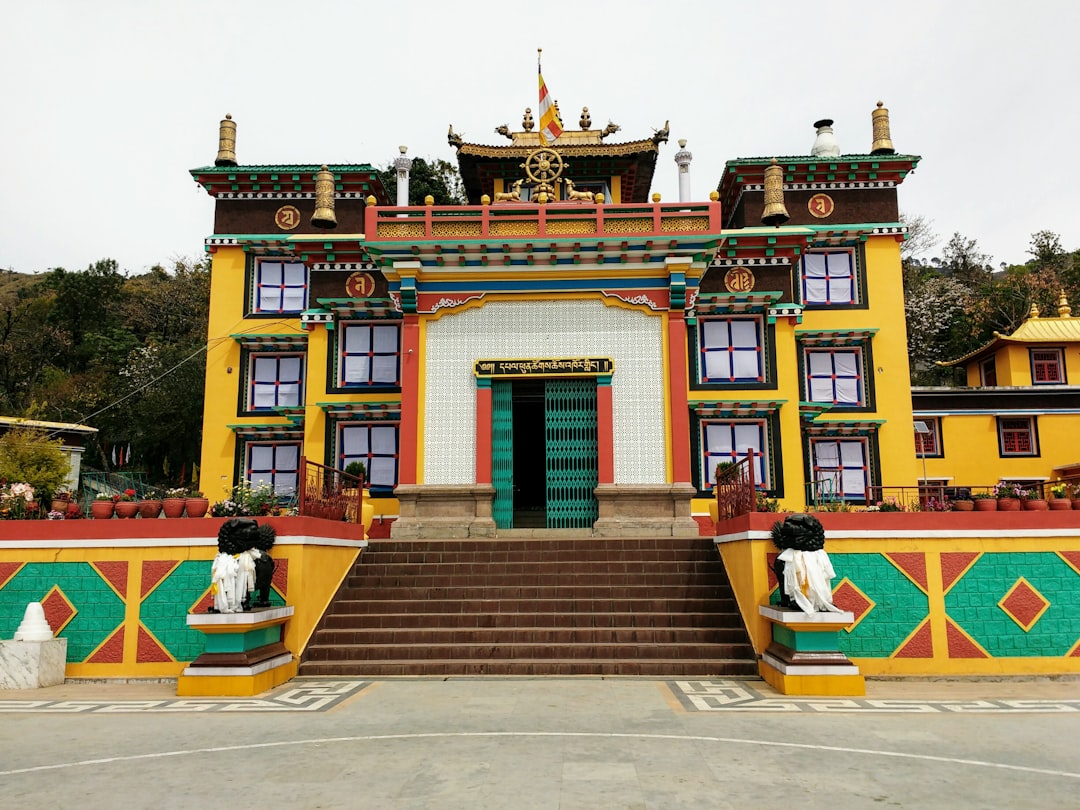
Tashi Jong Buddhist Monastery is situated about 15kms from Palampur. The monastery is located in Tashi Jong village, which is a small rural area situated between Paprola and Taragarh. Home to the Drugpa Kagyu tradition of Buddhism, this monastery is one of the schools of Kagyu tradition established by 8th Khamtrul Rinpoche, Dongyu Nyima. The monastery complex houses the main temple, the stupa of Khamtrul Rinpoche, and the Yamantak Retreat Center which is restricted to the general public. Designed by Khamtrul Rinpoche, the entire building is adorned with woodcarving, gilding and painting. Seve

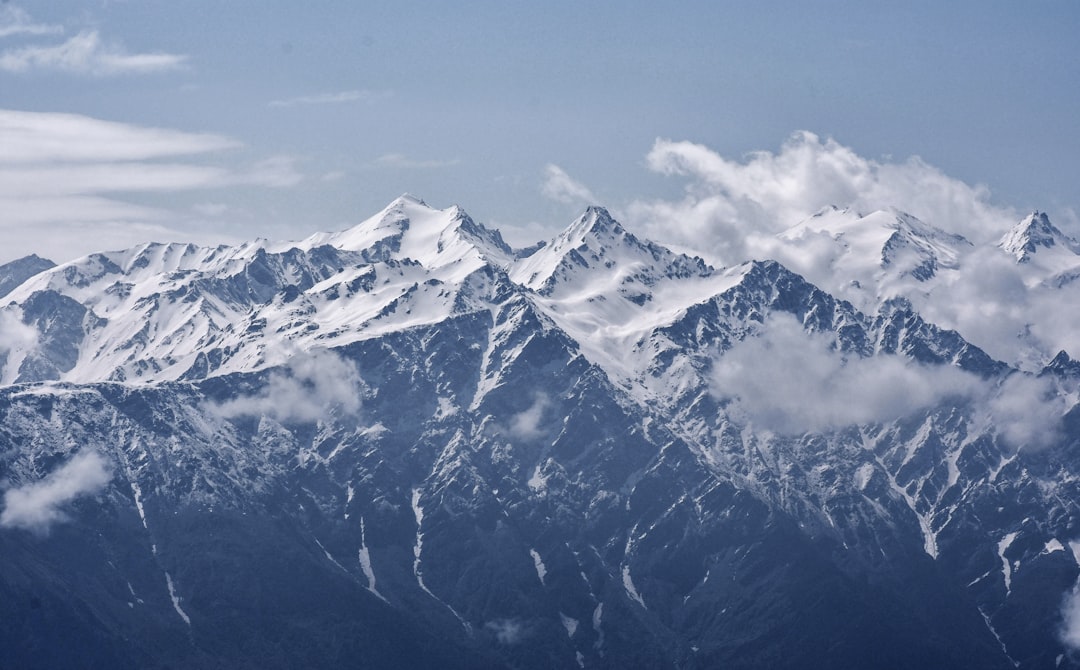
The last day of climb from Dohra Nala to Chanderkhani Pass was tedious; at least for a beginner like me. Taking breaks every now and then, coping with the breathlessness, altitude gain and the steep elevation that I was not done climbing, I just turn back and realize the beauty that was hiding behind me. The beautiful snow clad mountains brushed by the clouds, as far as the eye could see. Some of them were so far apart that the blue tint of the landscape almost made it impossible to know where the moutains ended and the sky started at the horizon. Admist these giants, I found this view.

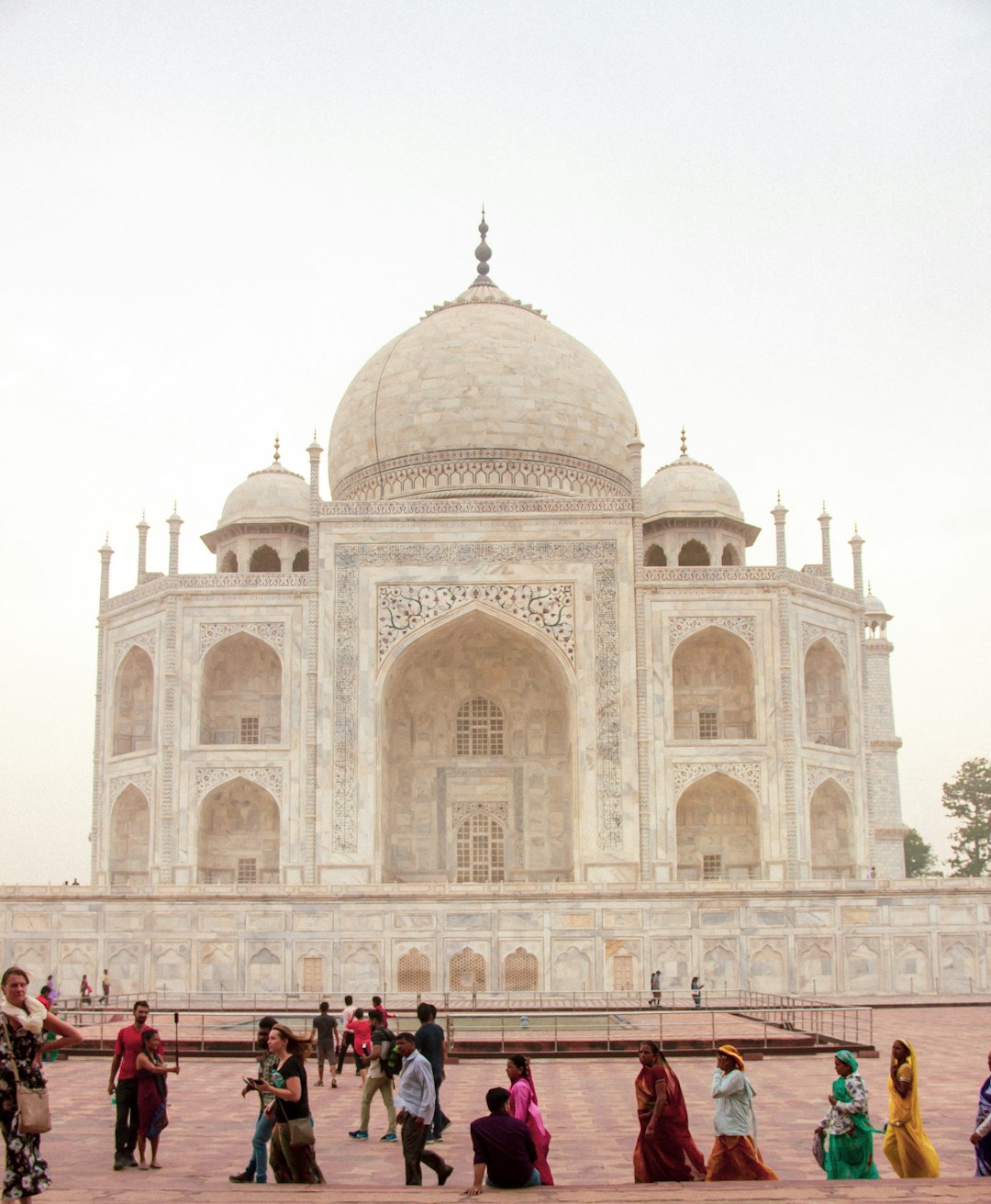
As Indians, we are very accustomed to seeing ornamented monuments. An idol to look up to in case of a temple. Bright and loud colors.Too many intrigued patterns and sculptures depicting some tale of a historic movement. Well, I feel the reason what makes Taj one of the wonders of the world is because of its simplicity and minimalism. It's there and it's beautiful. It does not want to give anyone a story to remember probably that's why geometric patterns and just florals. Which makes you think about the mausoleum complex beyond what we see.

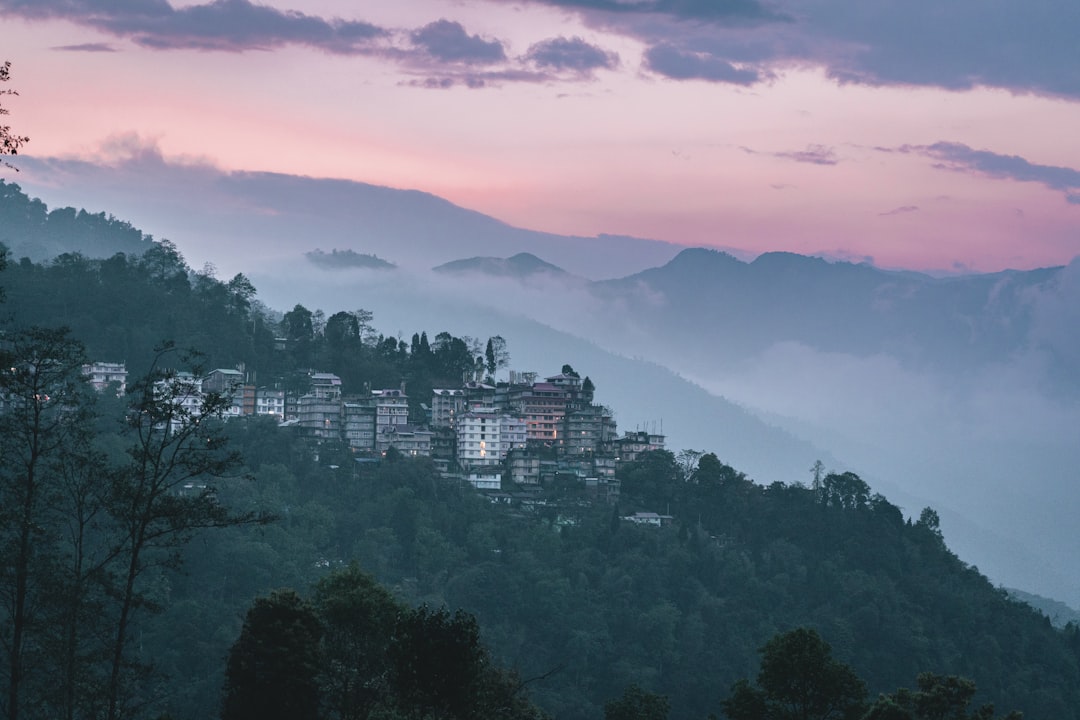
Pelling is a relatively obscure hill town in the west district of Sikkim. Situated at an altitude of 2,150 m (7,200 feet), The town is located at a distance of 10 km from the district headquarters of Geyzing and 131km from Gangtok. Pelling is slowly evolving towards becoming a major tourist attraction due to the influx of tourists and backpackers from all of india. You can also find Rabdentze palace which belonged to the king when Rabdentze was the former capital of the kingdom of sikkim from 1670 to 1814.

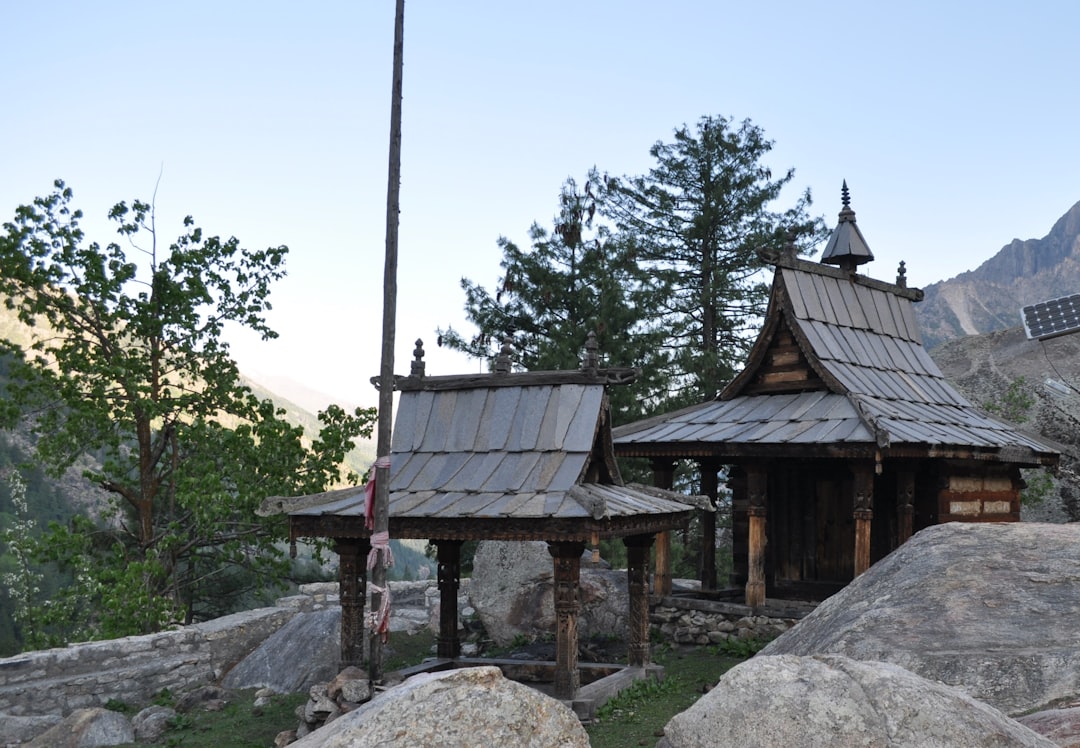
Apart from its tranquility and natural beauty, Chhitkul is also famous for potato farming and trout fishing. The potatoes of this region are one of the best and costliest in the world. The Sangla valley from Sangla to Chhitkul, specially the villages of Rakchham, Batseri & Chhitkul, is a nature lovers paradise. One side of the road are the snow-clad mountains and the other side is full of orchards of fruits like apricots, peaches, chilgoza and apples dotted by wooden houses. The powerful goddess of Chhitkul is the only non-Buddhist deity to which respect must be paid by the Parikrama pilgrim


Advection fog occurs when moist air passes over a cool surface by advection (wind) and is cooled. It is common as a warm front passes over an area with significant snow-pack. It is most common at sea when moist air encounters cooler waters, including areas of cold water upwelling, such as along the California coast ( San Francisco fog). A strong enough temperature difference over water or bare ground can also cause advection fog. Here We have Warm Air coming from Punjab plains and Hitting Shivalik Hills in Himachal. This phenomenon noticed in Winter in Morning time.

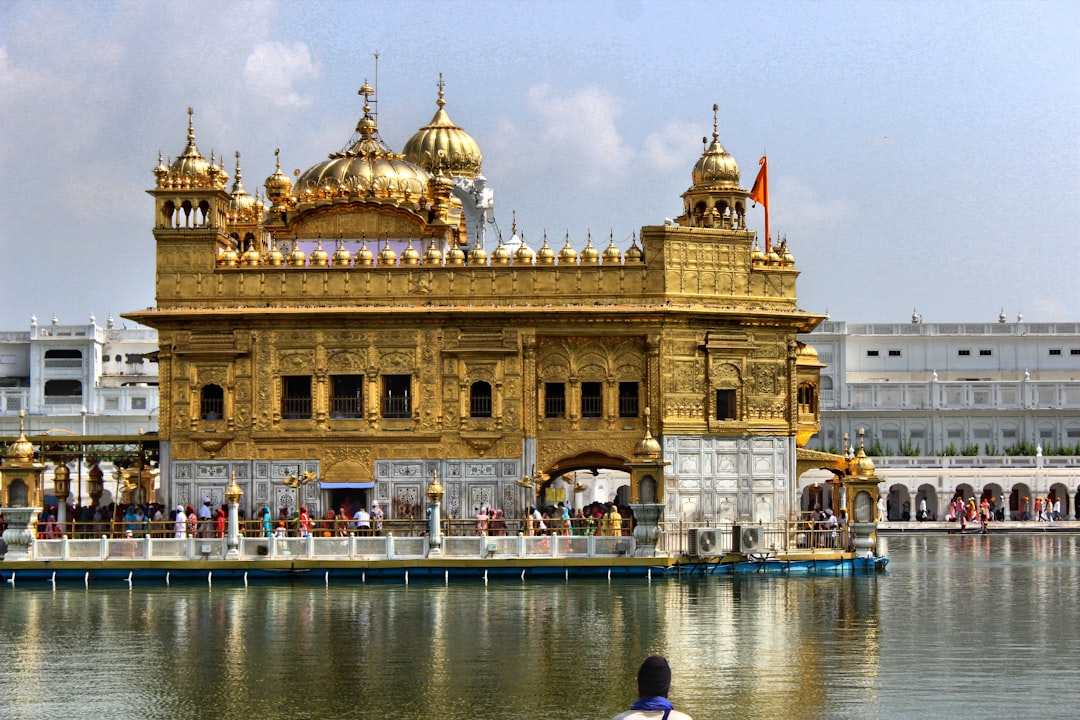
The Harmandir Sahib (Golden Temple) Guru Arjan Sahib, the Fifth Nanak, conceived the idea of creating a central place of worship for the Sikhs and he himself designed the architecture of Sri Harmandir Sahib. Earlier the planning to excavate the holy tank (Amritsar or Amrit Sarovar) was chalked out by Guru Amardas Sahib, the Third Nanak, but it was executed by Guru Ramdas Sahib under the supervision of Baba Budha ji. The land for the site was acquired by the earlier Guru Sahibs on payment or free of cost from the Zamindars (landlords) of native villages.

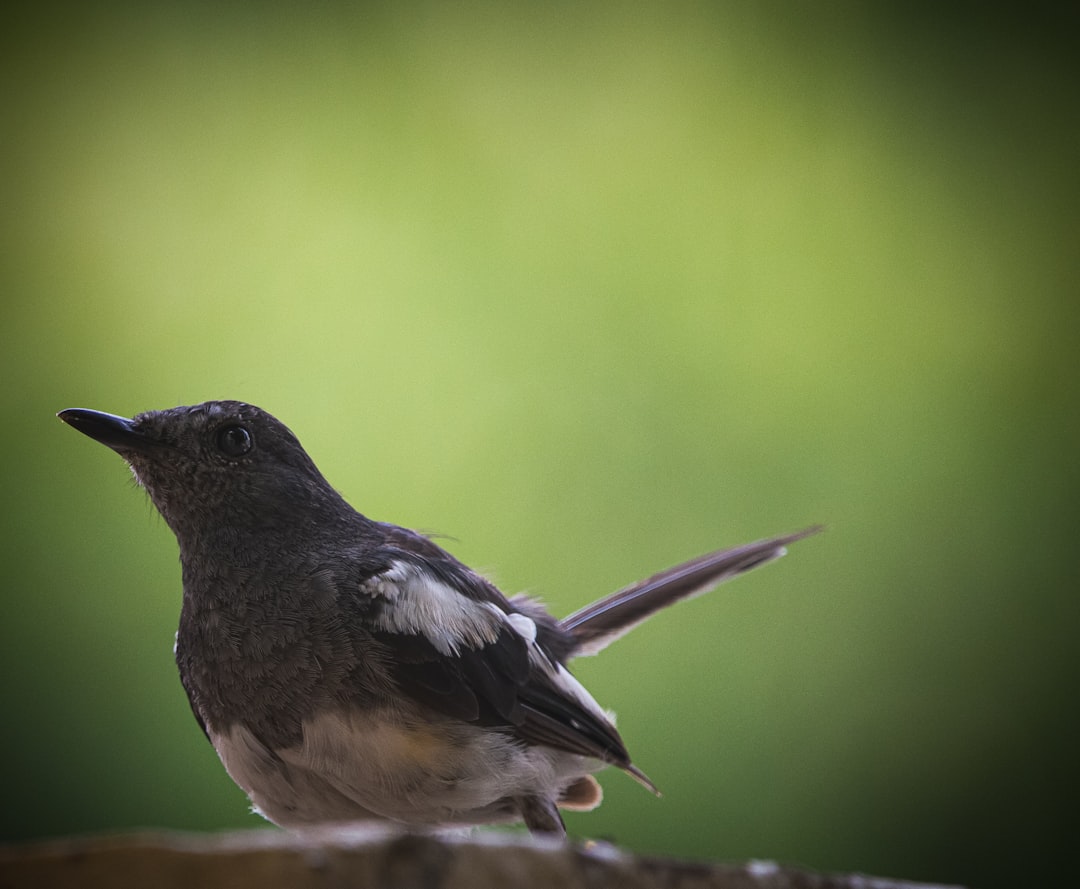
The Oriental magpie-robin (Copsychus saularis) is a small passerine bird that was formerly classed as a member of the thrush family Turdidae, but now considered an Old World flycatcher. They are distinctive black and white birds with a long tail that is held upright as they forage on the ground or perch conspicuously. Occurring across most of the Indian subcontinent and parts of Southeast Asia, they are common birds in urban gardens as well as forests. They are particularly well known for their songs and were once popular as cagebirds

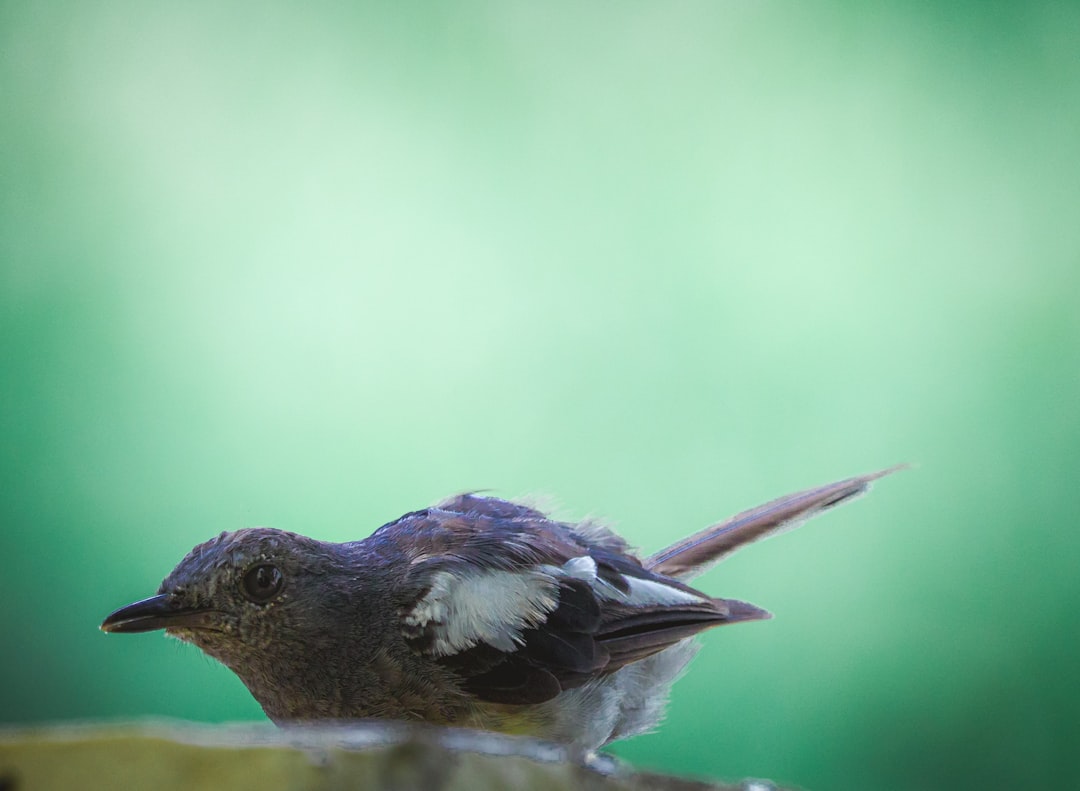
The Oriental magpie-robin (Copsychus saularis) is a small passerine bird that was formerly classed as a member of the thrush family Turdidae, but now considered an Old World flycatcher. They are distinctive black and white birds with a long tail that is held upright as they forage on the ground or perch conspicuously. Occurring across most of the Indian subcontinent and parts of Southeast Asia, they are common birds in urban gardens as well as forests. They are particularly well known for their songs and were once popular as cagebirds


Bara Imambara, also known as Asfi Mosque is an imambara complex in Lucknow, India built by Asaf-ud-Daula, Nawab of Awadh in 1784. Bara means big. The building also includes the large Asfi mosque, the Bhul-bhulaiya (the labyrinth), and Bowli, a stepwell with running water. Two imposing gateways lead to the main hall. It is said that there are 1024 ways to reach the terrace but only two to come back first gate or the last gate. I reached the rooftop while trying to find my way around the labyrinth and that's when I clicked this photo.

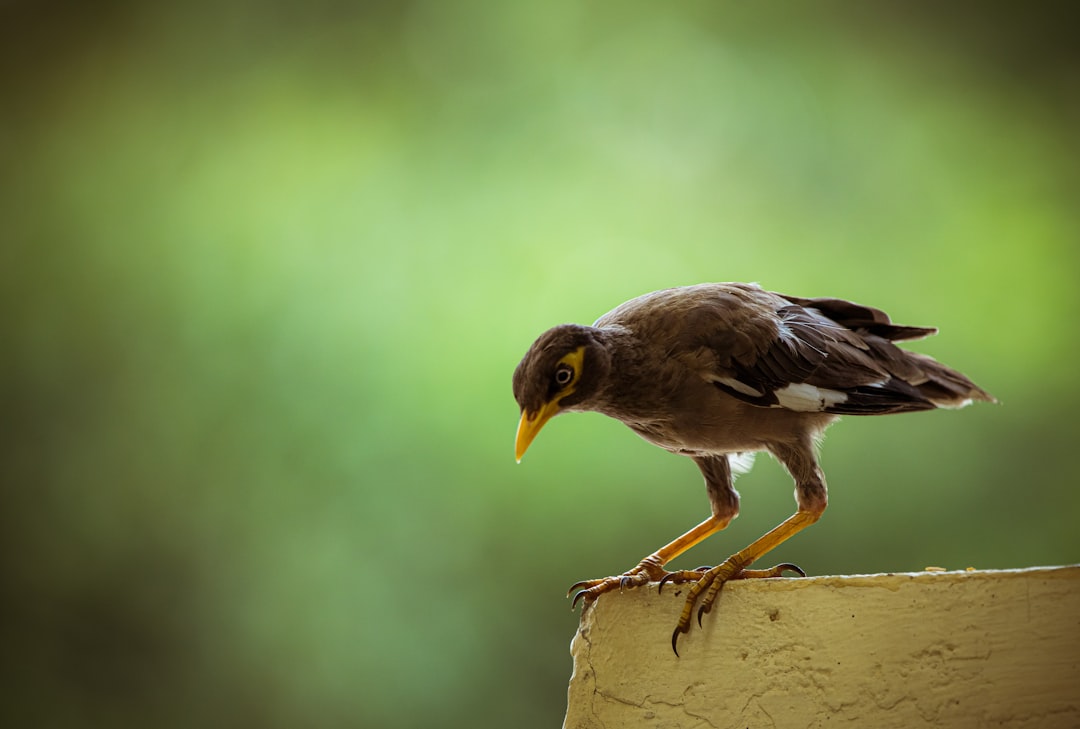
The common myna or Indian myna (Acridotheres tristis), sometimes spelled mynah, is a member of the family Sturnidae (starlings and mynas) native to Asia. An omnivorous open woodland bird with a strong territorial instinct, the common myna has adapted extremely well to urban environments. The common myna is increasing at such a rapid rate that in 2000 the IUCN Species Survival Commission declared it one of the world's most invasive species and one of only three birds listed among "100 of the World's Worst Invasive Species" that pose a threat to biodiversity, agriculture and human interests
